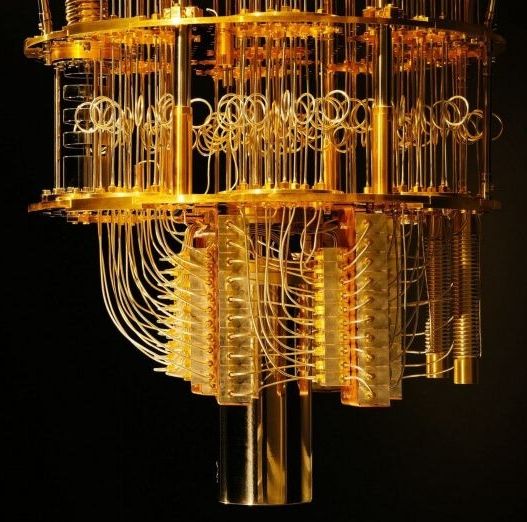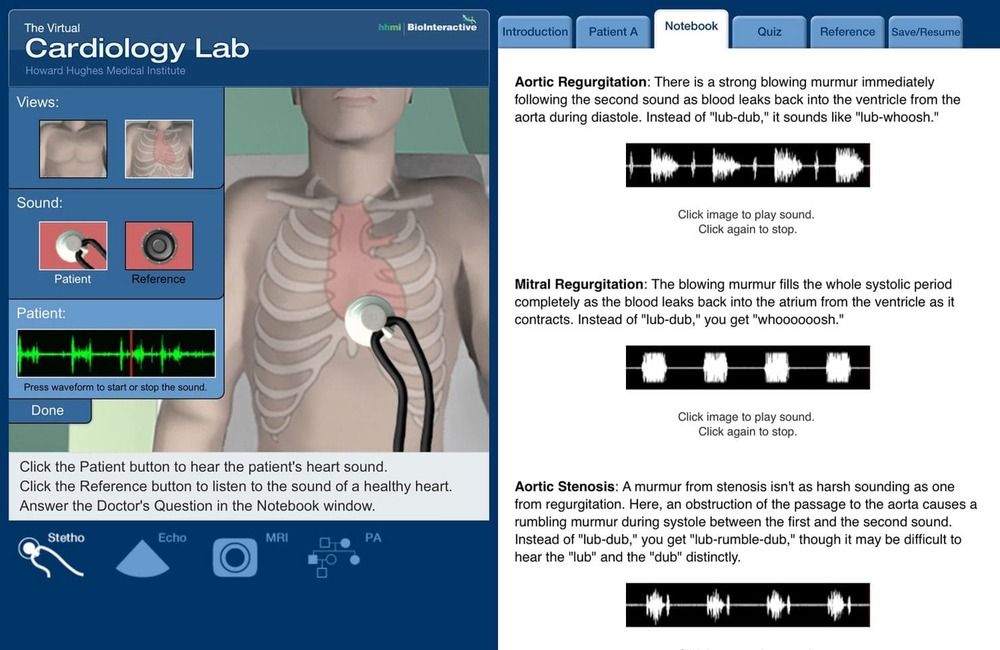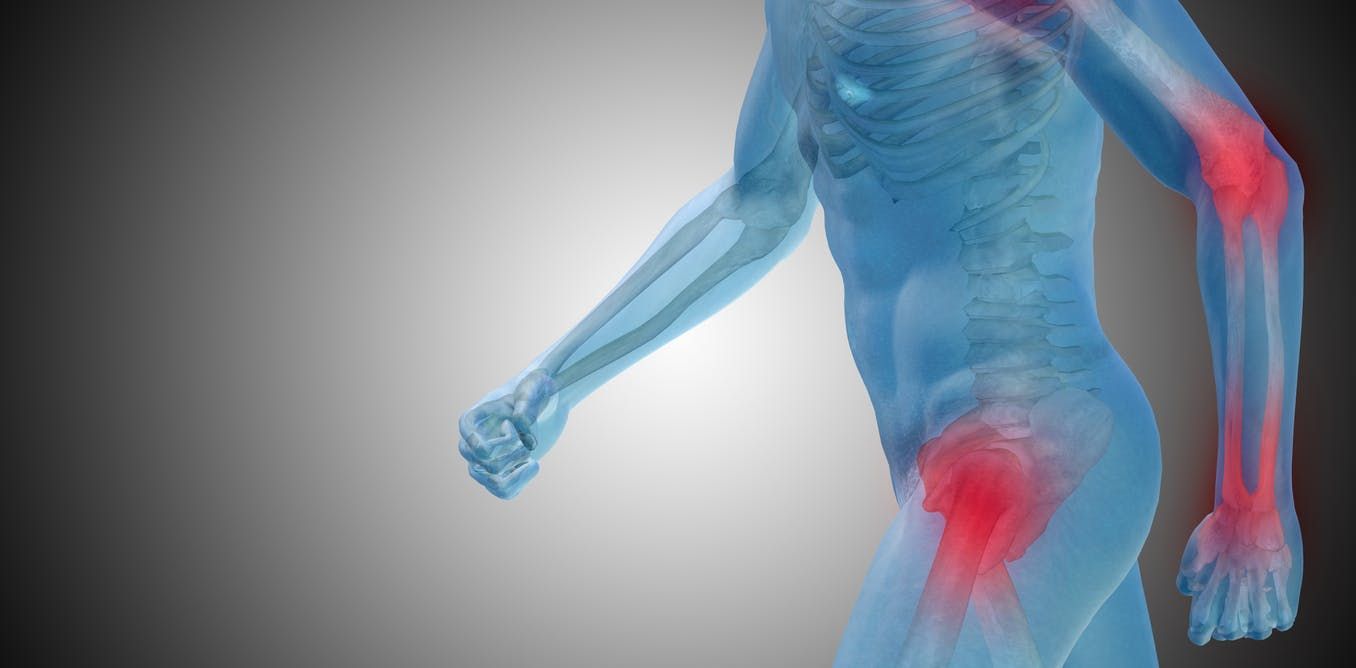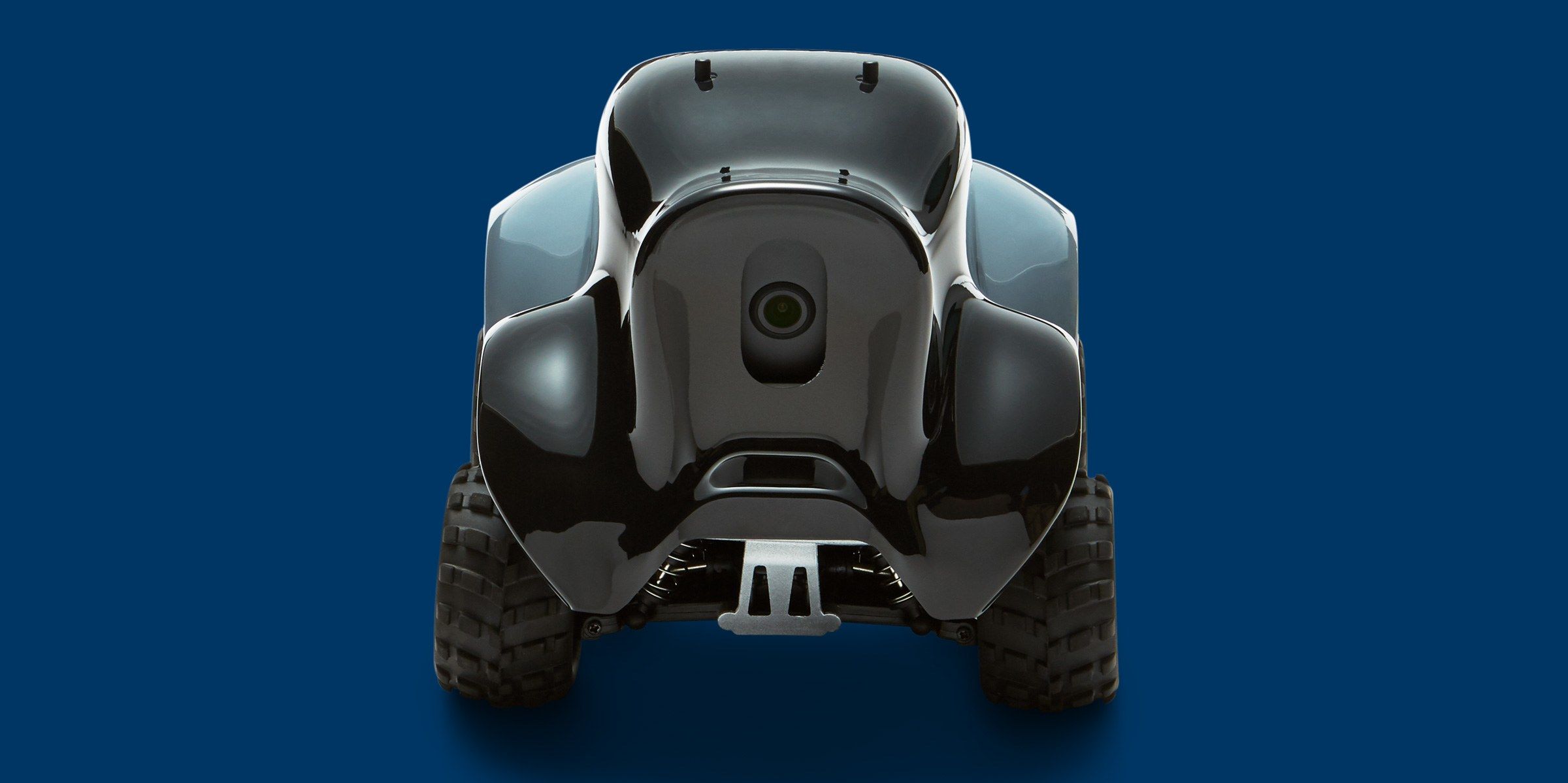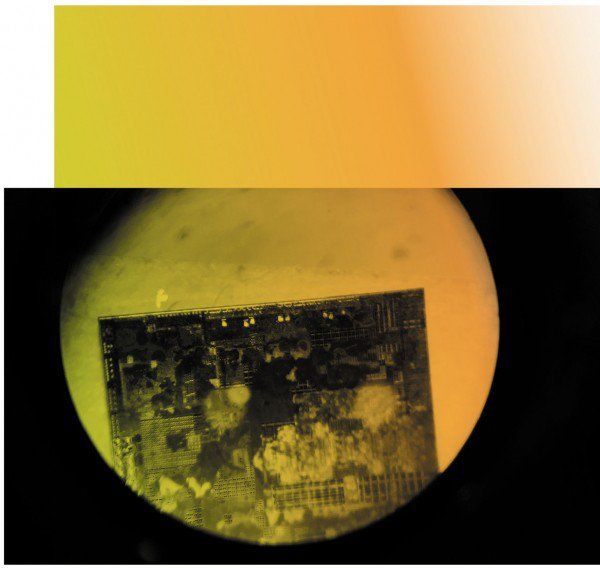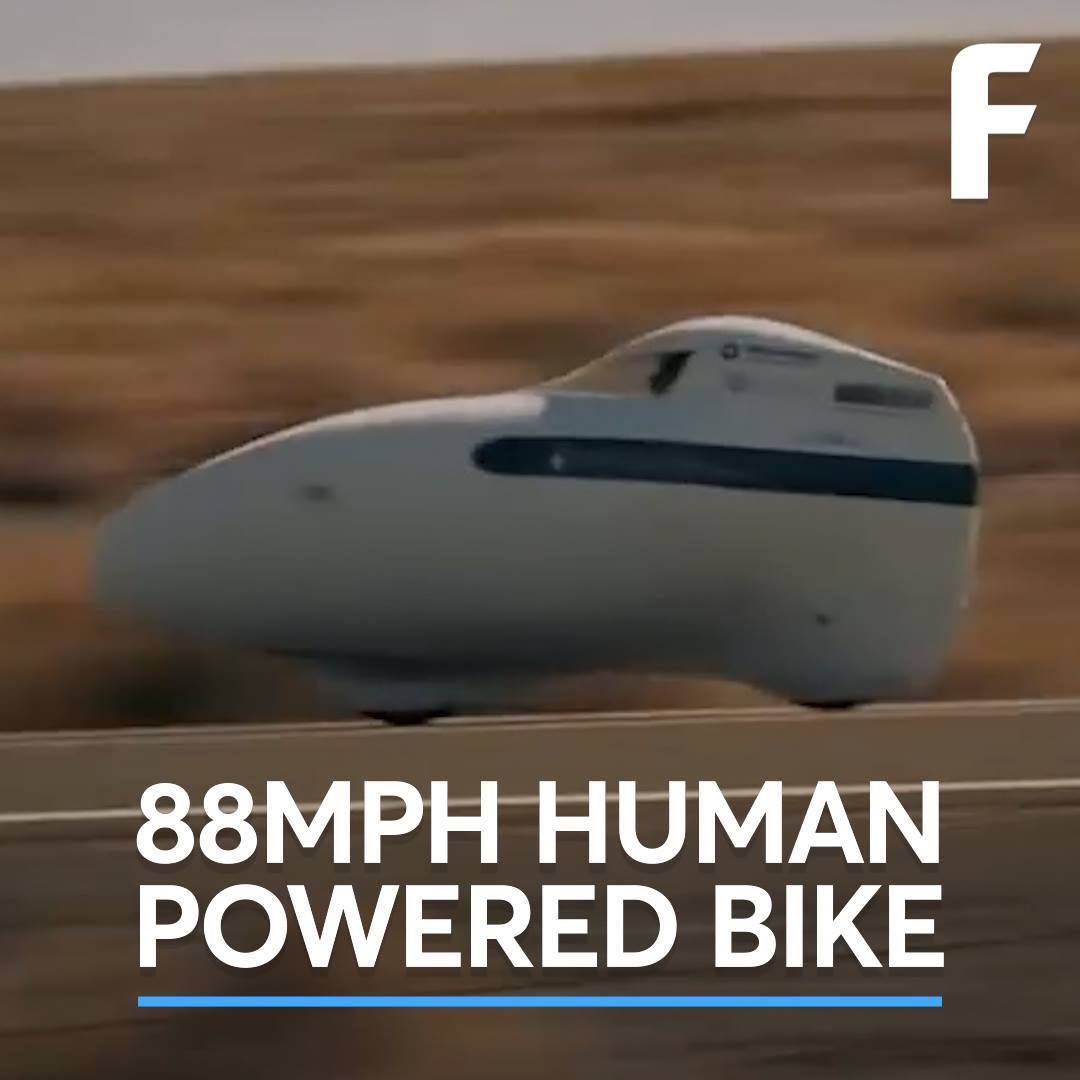When we die, our energy is redistributed throughout the universe according to the law of conservation of energy. While this should not be confused with our consciousness living forever, our energy continuing after we’re gone could make death a less scary prospect.
Nearly 100 times farther from the Sun than the Earth is, there’s a point where the charged particles from the Sun no longer reach into the uncharged particles of interstellar space, or the pockets of space that exist between the various star systems of the universe.
This point, known as a heliopause, marks the very edge of the solar system where human beings themselves live.
The heliopause border around the solar system was first “discovered” by scientists using NASA’s Voyager 1 and 2 spacecraft as far back as 30 years ago. But recently, a newer NASA spacecraft, the New Horizons space probe, has found actual evidence of that point in space.
IonQ was founded on a gamble that ‘trapped ion quantum’ computing could outperform the silicon-based quantum computers that Google and others are building. As of right now, it does. IonQ has constructed a quantum computer that can perform calculations on a 79-qubit array, beating the previous king Google’s efforts by 7 qubits.
Their error rates are also the best in the business, with their single-qubit error rate at 99.97% while the nearest competitors are around the 99.5 mark, and a two-qubit error rate of 99.3% when most competitors are beneath 95%. But how does it compare to regular computers?
According to IonQ, in the kinds of workloads that quantum computers are being built for, it’s already overtaking them. The Bernstein-Vazirani Algorithm, a benchmark IonQ is hoping will take off, tests a computer’s ability to determine a single encoded number (called an oracle) when the computer can only ask a single yes/no question.
How much do you know about anatomy? Cardiology? Have you ever set foot in a scientific lab? Once you visit BioInteractive’s virtual lab, you’ll feel as if you have.
The website is offered by the Howard Hughes Medical Institute, a nonprofit organization that funds biomedical research. It features free virtual labs for anatomy, bacterial identification, immunology, neurophysiology and cardiology.
The concept is simple: You tool around virtual, web-based spaces as if you were a scientist. And you learn in the process. It’s designed to help users practice the skills and techniques of scientific research.
Past experience matters too. For example, if the last time a person felt a twinge in their lower back it developed into sciatica, with significant pain that took months of therapy to come right, the next time they experience a twinge in their back the person is likely to experience more anxiety and pain. Pain, you see, isn’t an input to the body, rather pain is an output of the brain’s threat detection system.
Another major factor is a person’s current state of mind. They may rate a noxious stimulus differently from day to day, or even within a day. Indeed, from your own experiences, you might appreciate that pain associated with an injury isn’t constant throughout the day.
There’s also significant variation in pain sensitivity and tolerance between people.
Snow over Antarctica 1901–2000
Posted in futurism
What caused Antarctica’s increased snowfall from 1901–2000? A warming atmosphere. But even with the extra snowfall, it’s still losing mass. Learn how we make future predictions of how ice sheets will shift: https://go.nasa.gov/2EnWVWj
This is happening in the city of Tianjin, about an hour’s drive south of Beijing, within a gleaming office building that belongs to iFlytek, one of China’s rapidly rising artificial-intelligence companies. Beyond guarded gates, inside a glitzy showroom, the US president is on a large TV screen heaping praise on the Chinese company. It’s Trump’s voice and face, but the recording is, of course, fake—a cheeky demonstration of the cutting-edge AI technology iFlytek is developing.
Jiang Tao chuckles and leads the way to some other examples of iFlytek’s technology. Throughout the tour, Tao, one of the company’s cofounders, uses another remarkable innovation: a hand-held device that converts his words from Mandarin into English almost instantly. At one point he speaks into the machine, and then grins as it translates: “I find that my device solves the communication problem.”
IFlytek’s translator shows off AI capabilities that rival those found anywhere in the world. But it also highlights a big hole in China’s plan, unveiled in 2017, to be the world leader in AI by 2030. The algorithms inside were developed by iFlytek, but the hardware—the microchips that bring those algorithms to life—was designed and made elsewhere. While China manufactures most of the world’s electronic gadgets, it has failed, time and again, to master the production of these tiny, impossibly intricate silicon structures. Its dependence on foreign integrated circuits could potentially cripple its AI ambitions.
Comet 46P/Wirtanen will make its closest flyby on Sunday, Dec. 16, passing 7.1 million miles from Earth. It may even be bright enough to see without a telescope. Photo galleries & how to observe: https://go.nasa.gov/2EAoGvM


